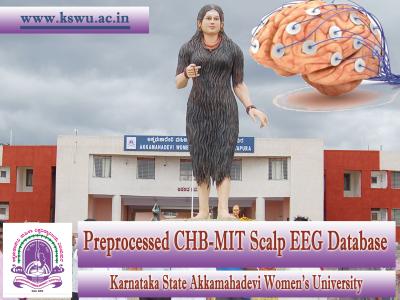Synchronous gait data: Pose estimation and marker-based motion capture systems.

- Citation Author(s):
-
Abdul Aziz HulleckAamna AlshehhiMarwan ElRichRaviha KhanRateb KatmahMahdi MohseniNavid ArjmandKinda Khalaf
- Submitted by:
- Abdul Aziz Hulleck
- Last updated:
- DOI:
- 10.21227/zm5g-mw60
- Data Format:
 152 views
152 views
- Categories:
- Keywords:
Abstract
Evaluation of human gait through smartphone-based pose estimation algorithms provides an attractive alternative to costly lab-bound instrumented assessment and offers a paradigm shift with real time gait capture for clinical assessment. Systems based on smart phones, such as OpenPose and BlazePose have demonstrated potential for virtual motion assessment but still lack the accuracy and repeatability standards required for clinical viability. Seq2seq architecture offers an alternative solution to conventional deep learning techniques for predicting joint kinematics during gait. This data is used in our study that introduces a novel enhancement to the low-powered BlazePose algorithm by incorporating a Seq2seq autoencoder deep learning model. To ensure data accuracy and reliability, synchronized motion capture involving an RGB camera and ten Vicon cameras were employed across three distinct self-selected walking speeds.
Instructions:
Ten healthy male individuals (179.7±6.7 cm, 69.5±7.4 kg, 23.6±1.6 kg/m2) walked a four-meter course at three distinct gait speeds (normal, slow, and fast). Each gait trial was repeated at least six times by the subjects. Exclusion criteria included physical activity limitations caused by injury or disease, musculoskeletal/neurological diseases, heart disease, and back or leg pain.
Meanwhile, each subject’s full-body kinematic data was measured using two synced optical systems: 1- a ten-camera Vicon motion capture system (Vicon Motion Systems Inc., Oxford, UK) at a sampling rate of 120 Hz using thirty-nine passive reflective skin markers of the Vicon’s full-body plug-in gait standard as the reference system, and 2- a GoPro RGB camera capturing the full-body movement in the sagittal plane of the subject’s body without need for any skin.






